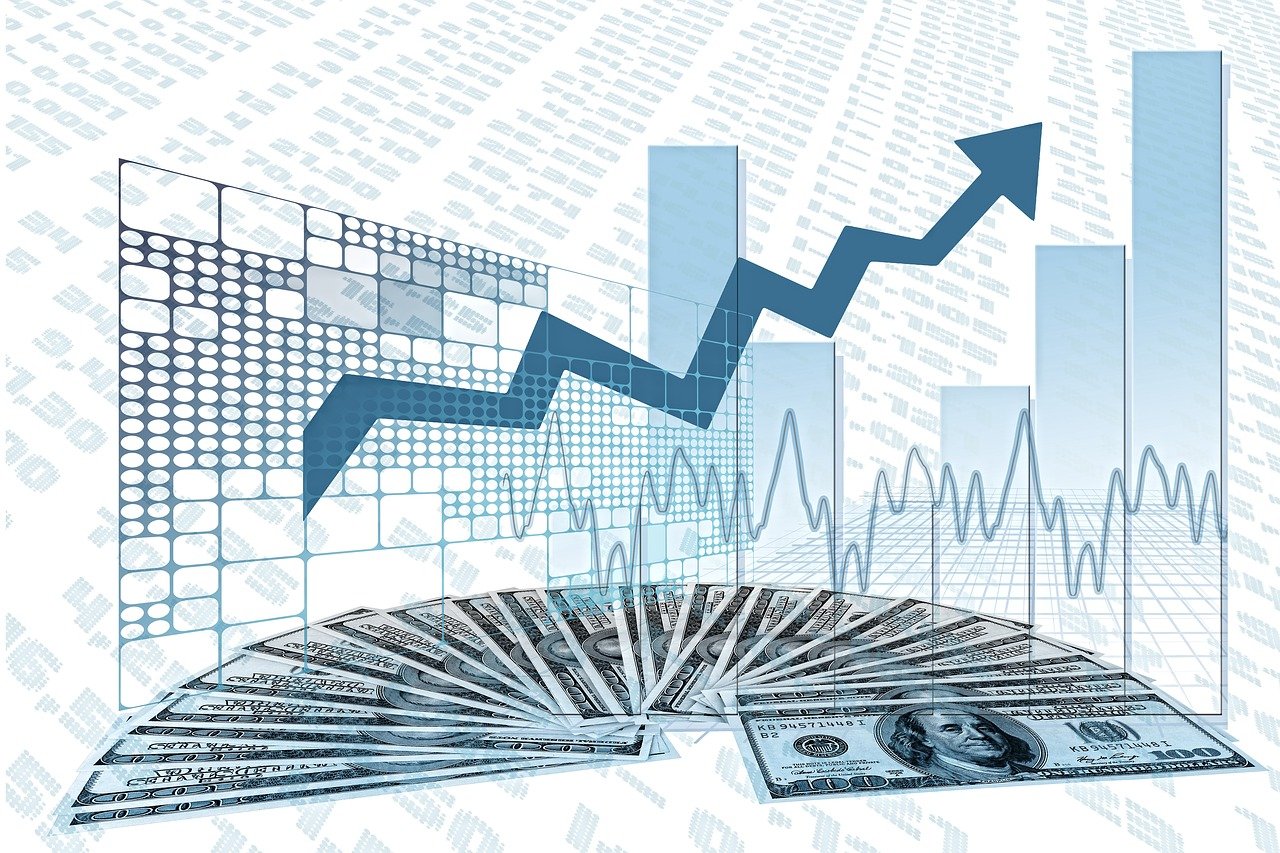Dollar-cost averaging (DCA) is an investment strategy in which an investor purchases a fixed amount of an asset at regular intervals, regardless of the price. This helps to smooth out the impact of market volatility and can encourage investors to buy more assets when prices are low and fewer assets when prices are high. Euro-cost averaging (ECA) is a similar investment strategy, but it is used to purchase euros instead of dollars. This strategy can be useful for investors who live in Europe or who want to invest in European assets.
In this article, we will compare and contrast dollar-cost averaging and euro-cost averaging. We will discuss the benefits and drawbacks of each strategy and provide guidance on which strategy is right for you.
Benefits of Dollar-Cost Averaging
Dollar-cost averaging offers a range of advantageous outcomes for investors, making it a popular and effective investment strategy. Firstly, this approach acts as a buffer against the tumultuous nature of market fluctuations. By consistently investing a fixed amount at regular intervals, investors purchase more assets when prices are low and fewer when prices are high. This practice smooths out the overall cost of investment, which, in turn, aids in achieving financial objectives over time. This ability to mitigate the impact of market volatility serves as a key advantage of dollar-cost averaging, offering a level of financial security that might not be attainable through lump-sum investments.
Secondly, the strategy cultivates discipline among investors. The inherent volatility of markets often triggers impulsive reactions, leading to decisions influenced by fear or greed. Dollar-cost averaging instills a sense of consistent investment behavior, mitigating the temptation to make rash decisions driven by short-term market shifts. By adhering to a predetermined investment schedule, individuals are more likely to remain focused on their long-term goals, steering clear of emotional choices that could potentially derail their financial plans.

The simplicity and ease of implementation constitute another pivotal advantage of dollar-cost averaging. Unlike other investment approaches that demand in-depth market knowledge or intricate strategies, dollar-cost averaging requires no specialized expertise. Investors are not burdened with the necessity of accurately timing the market or predicting its movements. Instead, they can initiate a regular investment plan with minimal effort and easily maintain the consistency of their contributions. This accessibility democratizes investing, enabling a broader demographic of individuals to participate in wealth-building activities without being deterred by complex investment procedures.
Drawbacks of Dollar-Cost Averaging
While dollar-cost averaging presents several benefits, it’s important to acknowledge its potential drawbacks as well. One of the primary limitations is the extended timeline it might take to achieve financial objectives. This arises from the fact that during periods of low prices, investors acquire a lesser quantity of assets. Consequently, the gradual accumulation of investments can delay the realization of intended goals. Nonetheless, it’s crucial to recognize that despite this extended timeline, dollar-cost averaging can still prove to be an efficacious investment approach when assessed over the long term.
Another significant drawback to consider is that dollar-cost averaging does not guarantee profits. The unpredictability of the market remains a constant factor, and even diligent adherence to this strategy cannot ensure a positive outcome. The value of investments can decline, regardless of the consistency of dollar-cost averaging. However, it’s worth emphasizing that this strategy operates as a risk management tool, effectively diminishing the potential for substantial losses. By distributing investments across various market conditions, the impact of sharp market declines is mitigated, which can offer investors a certain level of peace of mind and financial security.
In essence, while drawbacks such as prolonged timeframes and the absence of profit guarantees are inherent to dollar-cost averaging, they should be evaluated alongside the strategy’s benefits. The potential for achieving steady, long-term growth and the ability to minimize risk are attributes that often offset these limitations. Like any investment approach, dollar-cost averaging requires careful consideration of individual financial goals, risk tolerance, and market conditions to determine its suitability within a broader investment portfolio.

Benefits of Euro-Cost Averaging
The advantages of employing the euro-cost averaging strategy closely mirror those of its dollar-denominated counterpart. Much like dollar-cost averaging, euro-cost averaging provides a set of valuable benefits that can assist investors in navigating the complexities of financial markets.
Firstly, euro-cost averaging, akin to dollar-cost averaging, functions as a reliable tool for minimizing the reverberations of market volatility. By consistently investing a fixed amount at regular intervals, investors adjust their purchasing power according to market conditions. In periods of lower prices, more units of assets are acquired, while in times of higher prices, fewer units are procured. This mechanism helps to create a more balanced cost structure over time, reducing the pronounced impact of abrupt market fluctuations and fostering a more stable investment journey.
Secondly, euro-cost averaging, like its dollar-centric counterpart, nurtures investment discipline. The inherent uncertainty of financial markets can prompt investors to make hasty decisions driven by momentary market shifts. Euro-cost averaging instills a regimen of steady, pre-planned investment behavior, helping individuals adhere to their long-term goals and circumvent the pitfalls of emotional decision-making prompted by volatile market conditions.
Furthermore, much like dollar-cost averaging, euro-cost averaging presents itself as a straightforward and uncomplicated strategy. Its implementation doesn’t necessitate specialized knowledge or intricate investment prowess. Investors can easily establish a systematic investment plan and adhere to it without grappling with the complexities associated with market timing or extensive research. This simplicity democratizes investing, allowing a broader spectrum of individuals to participate in the wealth-building process without being deterred by convoluted investment methodologies.
A notable added advantage of euro-cost averaging is its capacity to serve as a hedge against currency risk. This becomes particularly relevant when considering investments denominated in euros, as fluctuations in currency exchange rates can significantly impact investment returns. If the euro strengthens against the dollar, investors stand to purchase more euros with their investment dollars. Consequently, this aspect of euro-cost averaging offers a layer of protection against potential losses that might arise from adverse currency fluctuations.
Drawbacks of Euro-Cost Averaging
The main drawback of euro-cost averaging is that it can be more expensive than dollar-cost averaging. This is because you will need to pay currency exchange fees when you purchase euros.
Another drawback of euro-cost averaging is that it can be more difficult to track your investment performance. This is because you will need to keep track of the exchange rate between the euro and the dollar.
Which Strategy is Right for You?
The best investment strategy for you will depend on your circumstances and goals. If you are a beginner investor who is looking for a simple and easy-to-implement strategy, then dollar-cost averaging is a good option. If you are an investor who wants to hedge against currency risk, then euro-cost averaging may be a better choice.
Ultimately, the best way to decide which strategy is right for you is to speak with a financial advisor. They can help you assess your individual needs and goals and recommend the best investment strategy for you.
Conclusion
Dollar-cost averaging and euro-cost averaging are both effective investment strategies that can help you reach your financial goals. The best strategy for you will depend on your circumstances and goals. If you are not sure which strategy is right for you, speak with a financial advisor.








